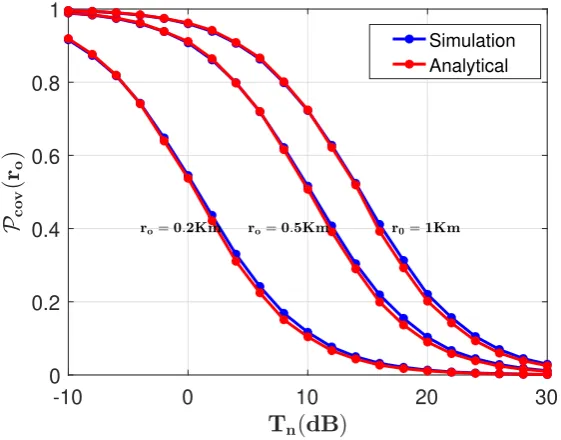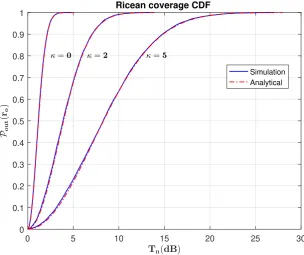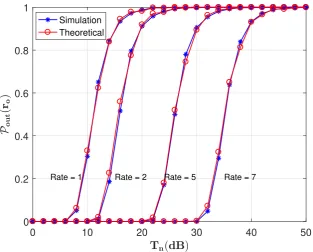A Performance Study of Massive MIMO Heterogeneous Networks with Ricean/Rayleigh Fading
Full text
Figure

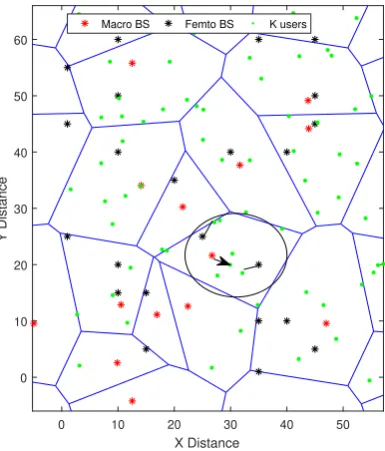
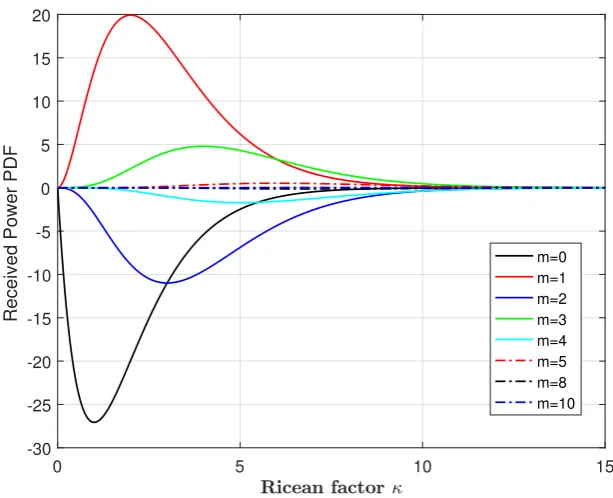

Related documents
Multiple Access Interference in MIMO CDMA Systems under Rayleigh Fading Statistical characterization and Applications EURASIP Journal on Advances in Signal Processing Mahmood et al
Channel Estimation for Massive MIMO TDD Systems Assuming Pilot Contamination and Flat Fading Figueiredo et al EURASIP Journal on Wireless Communications and Networking (2018) 2018 14
The goal of this paper is to compare different FEC codes in Additive White Gaussian Noise (AWGN) and Rayleigh fading channel and propose a suitable code for
We considered a single cell massive MU-MIMO system, over Rayleigh fading channel with ZF, MF, TPE (J =.. 2, 4, 5) and RZF optimal linear pre-coding schemes. The simulation settings
The work investigated for Householder based QR-OPML and joint channel and data estimation based QR-NEW semi-blind channel estimation techniques for Rayleigh flat fading MIMO
We investigate the downlink performance in terms of coverage and rate of a three tier network where a massive MIMO macro base stations (MBSs) are overlaid with small cells operating
Performance of Energy detection based spectrum sensing of unknown signals can be achieved over Rayleigh fading channel by deriving its detection probability with and
The acoustic multipath propagation in Rayleigh fading model follows an exponential distribution at the received power, while in a LOS propagation path, the Rician
